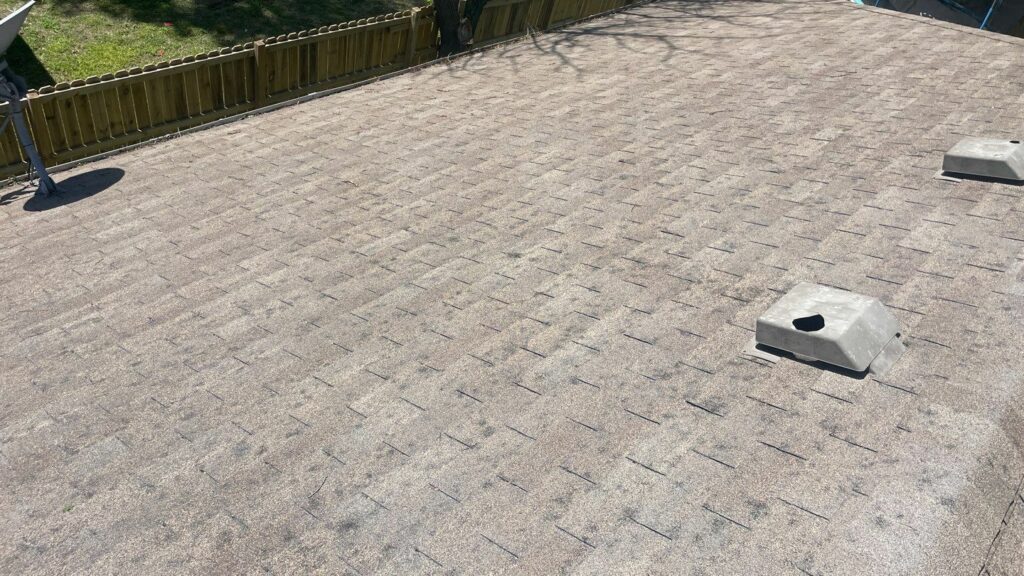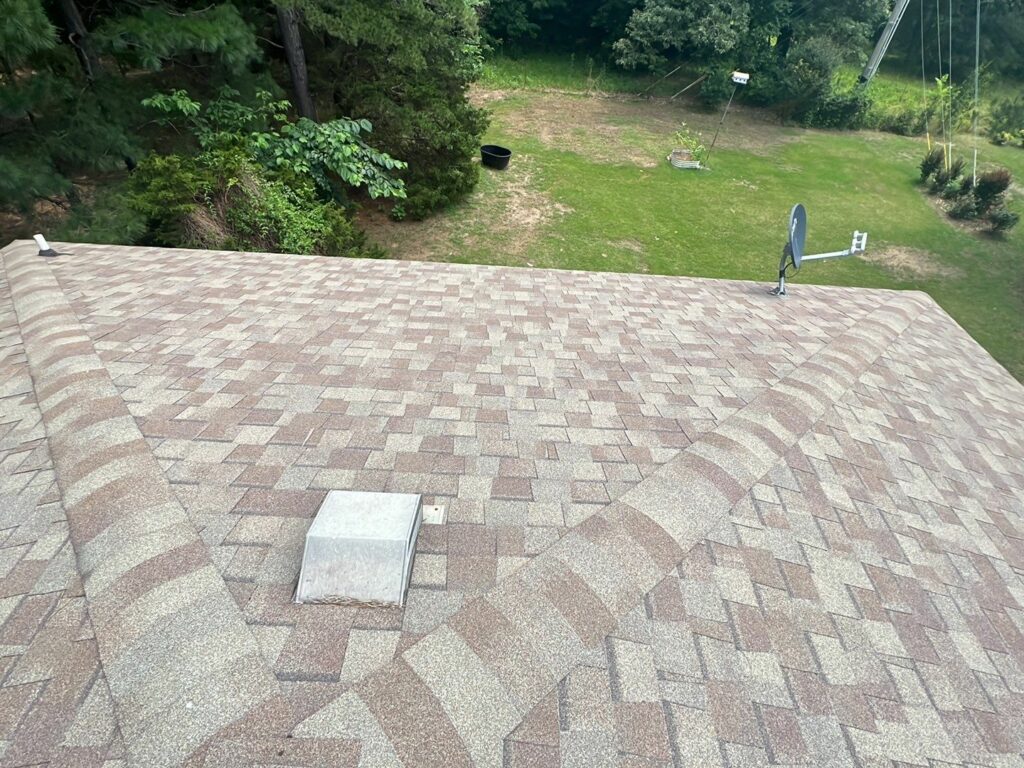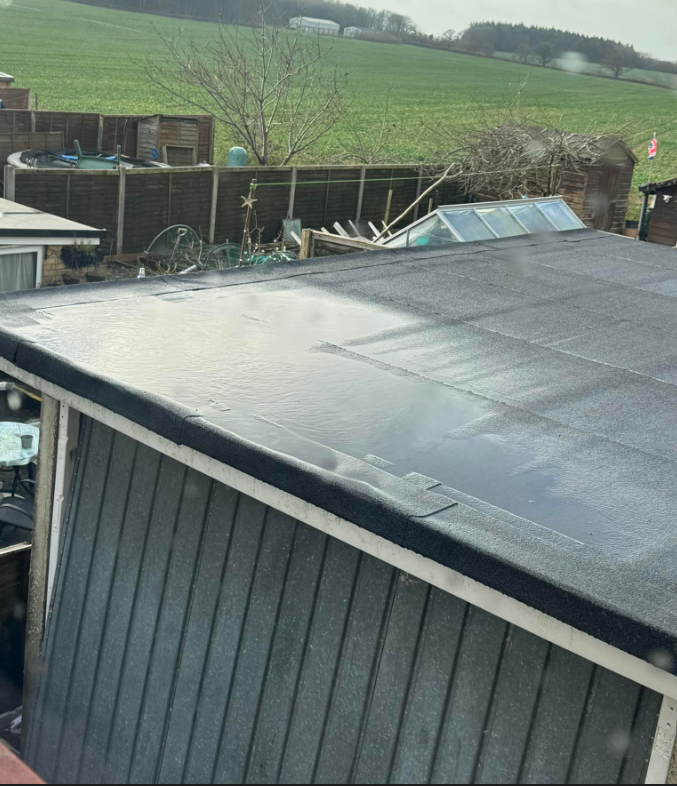 When it comes to flat roof installation, understanding the associated costs is crucial for any property owner or developer. The cost of installing a flat roof can vary depending on several factors, such as the size of the roof, the chosen material, and any additional features or requirements.
When it comes to flat roof installation, understanding the associated costs is crucial for any property owner or developer. The cost of installing a flat roof can vary depending on several factors, such as the size of the roof, the chosen material, and any additional features or requirements.
But what exactly influences these costs, and what are the average price ranges for flat roof installation ? In this discussion, we will explore the various factors that determine the cost of roof installation , from labor and material expenses to drainage system considerations and permits.
By delving into these details, we can gain a comprehensive understanding of the factors that contribute to the overall cost and make informed decisions when it comes to installing a flat roof.
Key Takeaways
- The choice of material used for the flat roof installation will impact the overall expenses.
- Labor costs for flat roof installation range from $3 to $7 per square foot.
- Additional features and requirements such as insulation, proper drainage systems, and roof access points contribute to the overall cost of flat roof installation.
Factors Affecting Flat Roof Installation Cost
- The cost of flat roof installation is influenced by several key factors that should be taken into consideration. One of the primary factors is the size of the roof. Larger roofs will generally incur higher installation costs due to increased material and labor requirements. The cost per square foot for flat roof installation can range from $5 to $15, but the overall price will depend on the roof’s dimensions.
When determining the cost of flat roof installation, it is crucial to consider both the material and labor costs. The cost of materials will depend on the type and quality selected, while labor costs will vary depending on the complexity of the installation and the contractor’s rates.
Average Cost per Square Foot
 The cost per square foot for flat roof installation varies depending on the chosen material and can range from $4 to $30.
The cost per square foot for flat roof installation varies depending on the chosen material and can range from $4 to $30.
The price for flat roof installation is determined by factors such as the type of material used and the square footage of the roof.
Metal flat roofs have an average cost of $4 to $30 per square foot.
Modified bitumen roofs, on the other hand, cost between $4 and $8 per square foot for installation.
If you’re considering a built-up (BUR) roof, you can expect to pay between $4 and $10 per square foot for replacement.
Rubber membrane roofs have an average replacement cost of $4 to $13 per square foot.
Lastly, single-ply membrane roofs generally cost between $4 and $7 per square foot for installation.
It’s important to keep in mind that these prices are average costs and can vary depending on the specific requirements of your flat roof installation.
Obtaining estimates from roofing contractors will provide a more accurate idea of the overall cost based on your specific project.
Labor and Material Costs
Labor and material costs play a significant role in determining the overall price of flat roof installation. Several factors influence the final cost, including the location, complexity of the job, and the type of roofing material chosen.
Here are three key points to consider when it comes to labor and material costs for flat roof installation:
- Labor Costs: The cost of labor for flat roof installation typically ranges from $3 to $7 per square foot. This cost can vary depending on the location and the complexity of the job. Factors such as the roof’s size and any additional features or requirements can impact the labor costs as well.
- Material Costs: The type of roofing material chosen directly affects the material cost for flat roofs. Rubber membrane roofs tend to be the most expensive option, while metal roofs offer a wide cost range. Other materials, such as modified bitumen, built-up roofs, and single-ply membranes, also have their own price ranges.
- Total Cost: The total cost of flat roof installation is a combination of labor and material costs. Additionally, expenses for old roof removal and any other necessary installations should be taken into account. It is crucial to factor in the expertise and experience of the professionals performing the labor, as this can impact the overall project cost.
When estimating the cost of flat roof installation, it is essential to consider both labor and material costs to get an accurate idea of the overall price. By understanding these factors, individuals can make informed decisions about their flat roof installation projects. You may also like to compare this type of roof to a Tile Roof Installation Cost to get an understanding of the differences between the two types of roof structure and the costings to install a new one.
Different Flat Roofing Materials
 Among the various options available for flat roofing materials, metal flat roofs stand out as a versatile, beautiful, and durable choice. Metal flat roofs offer excellent resistance to extreme weather conditions, such as heavy rain, snow, and strong winds. They are also known for their longevity, with an average lifespan of 40 to 70 years. In terms of installation cost, metal flat roofs can range from $4 to $30 per square foot. The wide cost range is due to the different types of metal roofing materials available, such as steel, aluminum, and copper, each with its own price point. However, the higher upfront cost of metal flat roofs is often offset by their long-term durability and low maintenance requirements.
Among the various options available for flat roofing materials, metal flat roofs stand out as a versatile, beautiful, and durable choice. Metal flat roofs offer excellent resistance to extreme weather conditions, such as heavy rain, snow, and strong winds. They are also known for their longevity, with an average lifespan of 40 to 70 years. In terms of installation cost, metal flat roofs can range from $4 to $30 per square foot. The wide cost range is due to the different types of metal roofing materials available, such as steel, aluminum, and copper, each with its own price point. However, the higher upfront cost of metal flat roofs is often offset by their long-term durability and low maintenance requirements.
Other popular flat roofing materials include modified bitumen roofs, built-up roofs (BUR), rubber membrane roofs, and single-ply membrane roofs. Modified bitumen roofs, designed for low-sloped roofs, offer high tensile strength and have an average replacement cost of $4 to $8 per square foot. BUR roofs, made from multiple layers of felt and asphalt, are cost-effective and durable, with replacement costs ranging from $4 to $10 per square foot. Rubber membrane roofs are known for their resistance to environmental pressure, with replacement costs varying from $4 to $13 per square foot. Lastly, single-ply membrane roofs offer cost-effective installation and replacement, with costs ranging from $4 to $7 per square foot.
Additional Features and Requirements
To further enhance the functionality and longevity of the chosen flat roofing material, there are additional features and requirements that should be considered during the installation process. These features and requirements can contribute to the overall cost of flat roof installation, but they are essential for ensuring the roof’s performance and durability.
- Insulation: Adding insulation to the flat roof can improve energy efficiency and reduce heating and cooling costs. Proper insulation helps to maintain a comfortable interior temperature and prevents heat loss or gain through the roof.
- Drainage Systems: It is crucial to ensure that proper drainage systems are in place to prevent water pooling on the flat roof. Pooling water can lead to structural damage and leaks. Installing gutters, downspouts, and a sloped surface can help redirect water away from the roof.
- Roof Access Points: Consider installing roof access points or hatches to facilitate future maintenance and roof repairs. These access points provide a safe and convenient way for technicians to access the roof for inspections or repairs without causing damage to the roofing material.
Drainage System Considerations
Effective drainage system considerations are vital for ensuring proper water runoff and preventing potential damage on flat roofs. When it comes to flat roof installation cost, it is crucial to factor in the design and implementation of a reliable drainage system. Poor drainage can lead to water pooling and eventual deterioration of the roof structure, resulting in costly repairs or even premature roof replacement.
To ensure efficient water runoff, the slope design of the roof should be carefully planned. Additionally, the placement of drains and scuppers should be strategically determined to facilitate the flow of water off the roof surface. The size and number of drains should be based on the roof area and the local rainfall intensity to ensure effective drainage.
Regular maintenance and cleaning of drains, gutters, and scuppers are essential to prevent blockages and ensure proper water flow. Leaves, debris, and other obstructions should be promptly removed to avoid clogging, which can hinder the drainage system’s functionality.
It is also important to consider overflow measures and secondary drainage systems. These can handle excessive water during heavy rainfall or in case of drain blockage, preventing potential water damage to the roof and the building’s interior.
Permits and Inspections
Permits and inspections are essential components of the flat roof installation process, ensuring compliance with building codes and safety standards. Here are three important points to consider regarding permits and inspections for flat roof installation:
- Permit Requirements: Before starting the installation, it is crucial to check with local authorities to determine the specific permit requirements. Different areas may have varying regulations and fees associated with obtaining permits for flat roof installation. Failing to obtain the necessary permits can result in legal consequences and additional expenses.
- Cost Considerations: The cost of permits and inspections can vary based on the location and the scope of the flat roof installation project. It is important to factor in these costs when estimating the overall flat roof installation cost. Obtaining multiple estimates from roofing contractors can help provide a better understanding of the total expenses involved.
- Inspection Importance: Inspections during and after the installation are crucial to ensure that the flat roof is constructed correctly and meets all necessary regulations. These inspections verify that the installation adheres to building codes and safety standards, providing peace of mind and protection against potential issues in the future.
Professional Vs. DIY Installation
When considering flat roof installation, the choice between professional installation and DIY should be carefully weighed to ensure quality workmanship and adherence to building codes. While DIY installation may seem appealing due to potential cost savings, it is important to consider the long-term implications and potential risks involved.
Professional installation offers several advantages. Firstly, professionals have the necessary skills, experience, and specialized tools to properly install flat roofs. They are knowledgeable about the latest building codes and regulations, ensuring that the installation meets all necessary requirements. This reduces the risk of future issues and costly repairs.
Additionally, professionals have access to high-quality materials at a lower cost due to their industry connections. This can result in overall cost savings for the project. Moreover, professional installation often comes with warranties, providing peace of mind and potential cost savings in case of future repairs or issues. For advice about your upcoming project contact Mike Overzat and the team at Luck Roofing for the best advice about your situation.
On the other hand, DIY installation may save on labor costs. However, it requires significant skill and experience to properly install a flat roof. Without the necessary expertise, there is a higher risk of mistakes and potential damage to the roof. This can lead to longer project timelines and increased overall costs.
Top Cities for Flat Roof Installations
New York City, Los Angeles, Chicago, Houston, and Miami are among the top cities for flat roof installations, due to their unique architectural demands and varying climates. These cities have a high demand for flat roof installations due to factors such as efficient use of space, modern architectural designs, warm climates, and contemporary trends.
Let’s take a closer look at three of these top cities:
- New York City: With its dense urban landscape, New York City sees a high demand for flat roof installations. The need for efficient use of space and modern architectural designs drives the market for flat roofs in both commercial and residential properties.
- Los Angeles: Known for its warm climate and contemporary architectural trends, Los Angeles is a prime location for flat roof installations. The city offers a wide range of options for both commercial and residential properties, making it a popular choice for property owners.
- Chicago: Chicago’s mix of historic and modern buildings creates a strong market for flat roof installations. The city offers a variety of options, from traditional to innovative materials, catering to the diverse needs of property owners.
When considering flat roof installations, it is essential to take into account the cost of labor and roofing materials. The cost can vary depending on the size of the roof, chosen material, and any additional features or requirements. Obtaining estimates from roofing contractors is crucial to get an accurate idea of the overall cost. By considering both the material and labor costs, property owners can make informed decisions and ensure a successful flat roof installation.
Frequently Asked Questions
How Much Does It Cost for a Flat Roof?
The cost for a flat roof installation can vary depending on factors such as size, chosen materials, and additional features. On average, the cost ranges from $5 to $15 per square foot. It’s important to obtain estimates from roofing contractors for an accurate cost assessment.
How Do You Estimate a Flat Roof?
Estimating the cost of a flat roof involves considering factors such as roof size, location, complexity of installation, and the chosen materials. Obtaining multiple quotes from reputable roofing professionals is essential for accurate estimation and cost comparison.
What Is the Cheapest Option for a Flat Roof?
The cheapest option for a flat roof is typically a built-up roof (BUR), which can cost between $4 and $10 per square foot. Other affordable options include single-ply membrane roofs ($4 to $7 per square foot) and modified bitumen roofs ($4 to $8 per square foot).
How Much Does It Cost to Replace 1000 Sq Ft of Roof?
The cost to replace 1000 sq ft of roof can vary depending on factors such as the chosen material, additional features, and labor costs. It is recommended to obtain estimates from roofing contractors for an accurate idea of the overall cost.
Conclusion
In conclusion, the cost of flat roof installation is influenced by factors such as the roof’s size, the selected material, and any additional features or requirements.
It is important to gather estimates from roofing contractors and consider both material and labor expenses when calculating the total cost.
By evaluating these factors thoroughly, individuals can make informed decisions and ensure that their flat roof installation aligns with their budgetary requirements.
Michael Overzat
Michael Overzat resides in Fort Smith, Arkansas with his wife and three kids. He enjoys to hike, skateboard, write, and get involved in charity organizations. He was originally born in Maryland. He has worked within the roofing industry for 5 years and is very active within the industry by attending conferences, masterminds, etc. His vision is to create a multi-state organization that has a customer centric model. He's worked for some of the biggest names in the industry and hopes to create a more people focused model for the roof replacement process.
